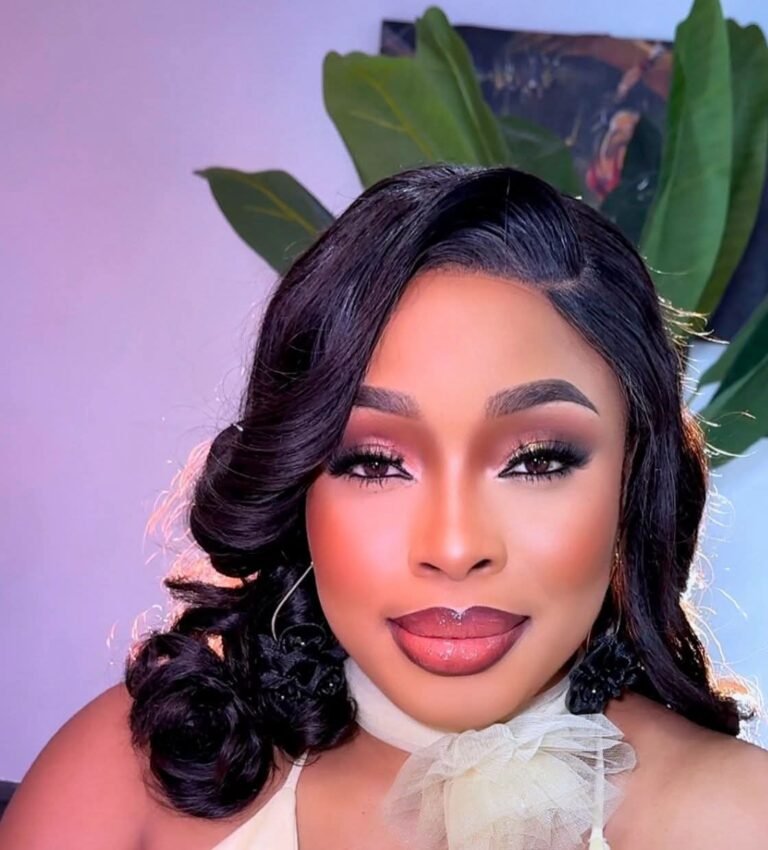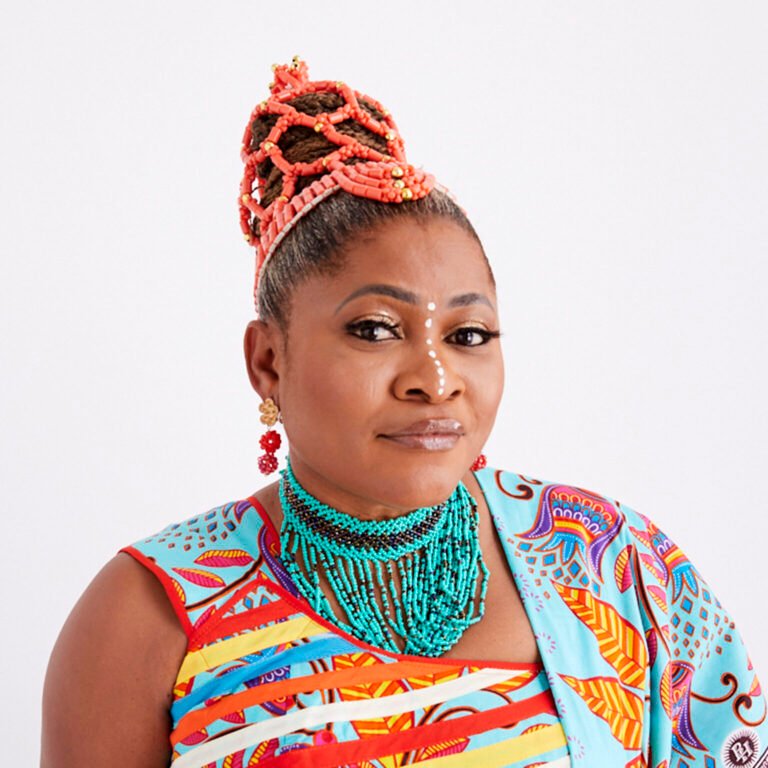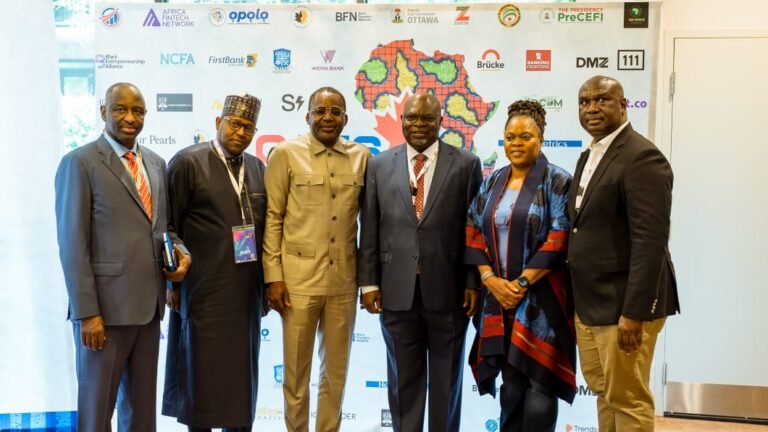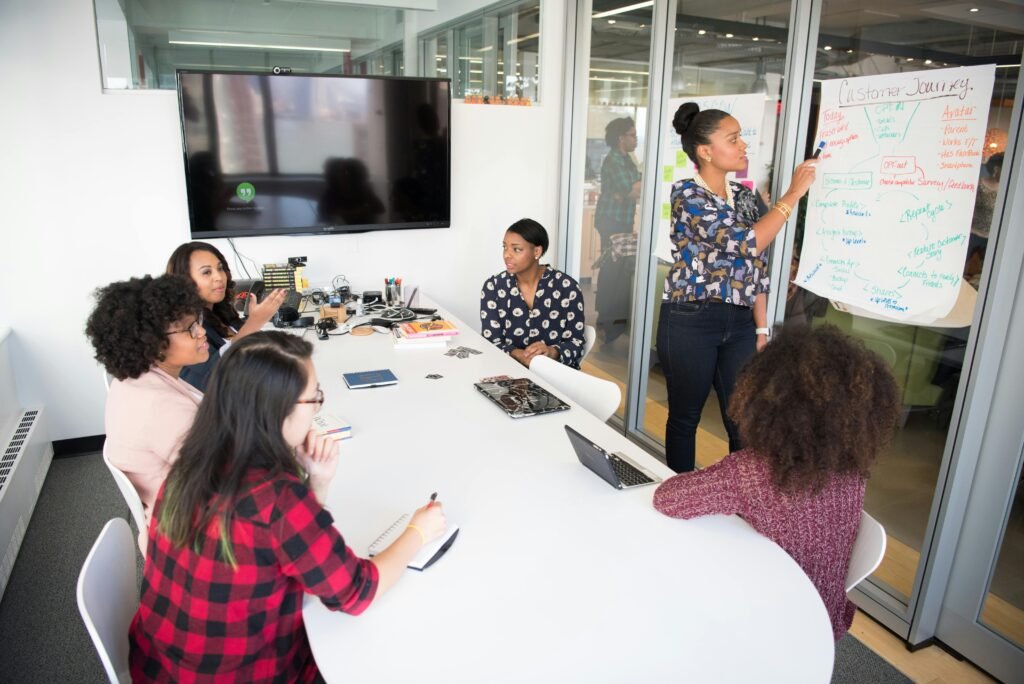Protecting confidential information is of utmost importance for business owners, entrepreneurs, and individuals handling proprietary information. A Non-Disclosure Agreement (NDA) is a legally binding contract that ensures the security of sensitive information. It is essential to understand the process of creating an NDA effectively. This comprehensive guide will assist you in crafting an NDA with all the necessary key elements.
1. Introduction and Definitions
Start your NDA with a clear introduction that outlines the purpose of the agreement. This section should also define key terms used throughout the document to ensure all parties have a mutual understanding.
Key Elements:
- Purpose: State the intent of the NDA, such as protecting confidential business information.
- Definitions: Define what constitutes “Confidential Information” and any other important terms.
Example: “This Non-Disclosure Agreement (the ‘Agreement’) is entered into on [Date], between [Disclosing Party] and [Receiving Party] to protect the confidential information disclosed to the Receiving Party. ‘Confidential Information’ includes all data, materials, knowledge, and proprietary information disclosed by the Disclosing Party.”
2. Parties Involved
Clearly identify the parties involved in the agreement. This includes both the disclosing party (the one sharing the information) and the receiving party (the one receiving the information).
Key Elements:
- Names and Addresses: Full names and contact information of both parties.
- Roles: Specify the roles of each party in relation to the confidential information.
Example: “This Agreement is made between [Disclosing Party], with its principal office located at [Address], and [Receiving Party], with its principal office located at [Address].”
3. Description of Confidential Information
Detail the scope of what is considered confidential. This section should be comprehensive enough to cover all aspects of the information you wish to protect.
Key Elements:
- Types of Information: Specify the kinds of information covered, such as business plans, financial data, or trade secrets.
- Exclusions: Clearly outline what is not considered confidential, like information already in the public domain.
Example: “Confidential Information includes, but is not limited to, business plans, financial statements, customer lists, trade secrets, product designs, and proprietary software. Confidential Information does not include information that is publicly known or becomes publicly known through no fault of the Receiving Party.”
4. Obligations of Receiving Party
Outline the responsibilities of the receiving party regarding the handling and protection of the confidential information.
Key Elements:
- Non-Disclosure: The receiving party must agree not to disclose the information to third parties.
- Non-Use: The receiving party must agree not to use the information for any purpose other than the specified business relationship.
- Care: The receiving party must take reasonable steps to protect the confidentiality of the information.
Example: “The Receiving Party agrees not to disclose any Confidential Information to third parties and to use the Confidential Information solely for the purpose of [specific purpose]. The Receiving Party shall take all reasonable measures to protect the confidentiality of the information.”
5. Duration of the Agreement
Specify the time period during which the information must remain confidential. This can include the term of the agreement and any post-termination obligations.
Key Elements:
- Effective Date: When the NDA comes into effect.
- Duration: How long the confidentiality obligations last, both during and after the agreement.
Example: “This Agreement shall commence on the date first written above and shall continue for a period of [duration], unless terminated earlier. The obligations of the Receiving Party with respect to the confidentiality of the information shall survive the termination of this Agreement for a period of [post-termination duration].”
6. Exceptions to Confidentiality
Identify any scenarios where the confidential information can be disclosed without breaching the NDA.
Key Elements:
- Legal Requirements: Disclosure required by law or court order.
- Prior Knowledge: Information already known to the receiving party prior to disclosure.
- Permission: Written consent from the disclosing party allowing disclosure.
Example: “The obligations of confidentiality do not apply to information that the Receiving Party can demonstrate was already known to them, becomes publicly available without breach of this Agreement, or is required to be disclosed by law or court order.”
7. Consequences of Breach
Detail the repercussions if either party breaches the NDA, including potential legal actions and remedies.
Key Elements:
- Injunctive Relief: Right to seek a court order to prevent further breaches.
- Damages: Compensation for losses resulting from the breach.
- Legal Fees: Responsibility for legal costs incurred in enforcing the NDA.
Example: “In the event of a breach, the Disclosing Party shall be entitled to seek injunctive relief and any other legal remedies available. The Receiving Party shall be liable for any damages incurred and any costs associated with enforcing this Agreement.”
8. Miscellaneous Provisions
Include any additional clauses that are relevant to your agreement, such as governing law, dispute resolution, and amendments.
Key Elements:
- Governing Law: Which jurisdiction’s laws govern the agreement.
- Dispute Resolution: How disputes will be resolved (e.g., arbitration, mediation).
- Amendments: Conditions under which the NDA can be modified.
Example: “This Agreement shall be governed by the laws of [State/Country]. Any disputes arising out of or in connection with this Agreement shall be resolved through [arbitration/mediation]. No amendment of this Agreement shall be effective unless in writing and signed by both parties.”
Conclusion
Writing an NDA may seem daunting, but by including these key elements, you can create a comprehensive and effective agreement that protects your confidential information. Always consider consulting with a legal professional to ensure your NDA is legally sound and tailored to your specific needs.
Protecting your business’s sensitive information is crucial. By taking the time to craft a detailed and enforceable NDA, you can safeguard your intellectual property, maintain a competitive edge, and build trust with your partners and clients.
Follow us on Facebook and Instagram for more career gems and valuable content.
Join our Whatsapp Community here












